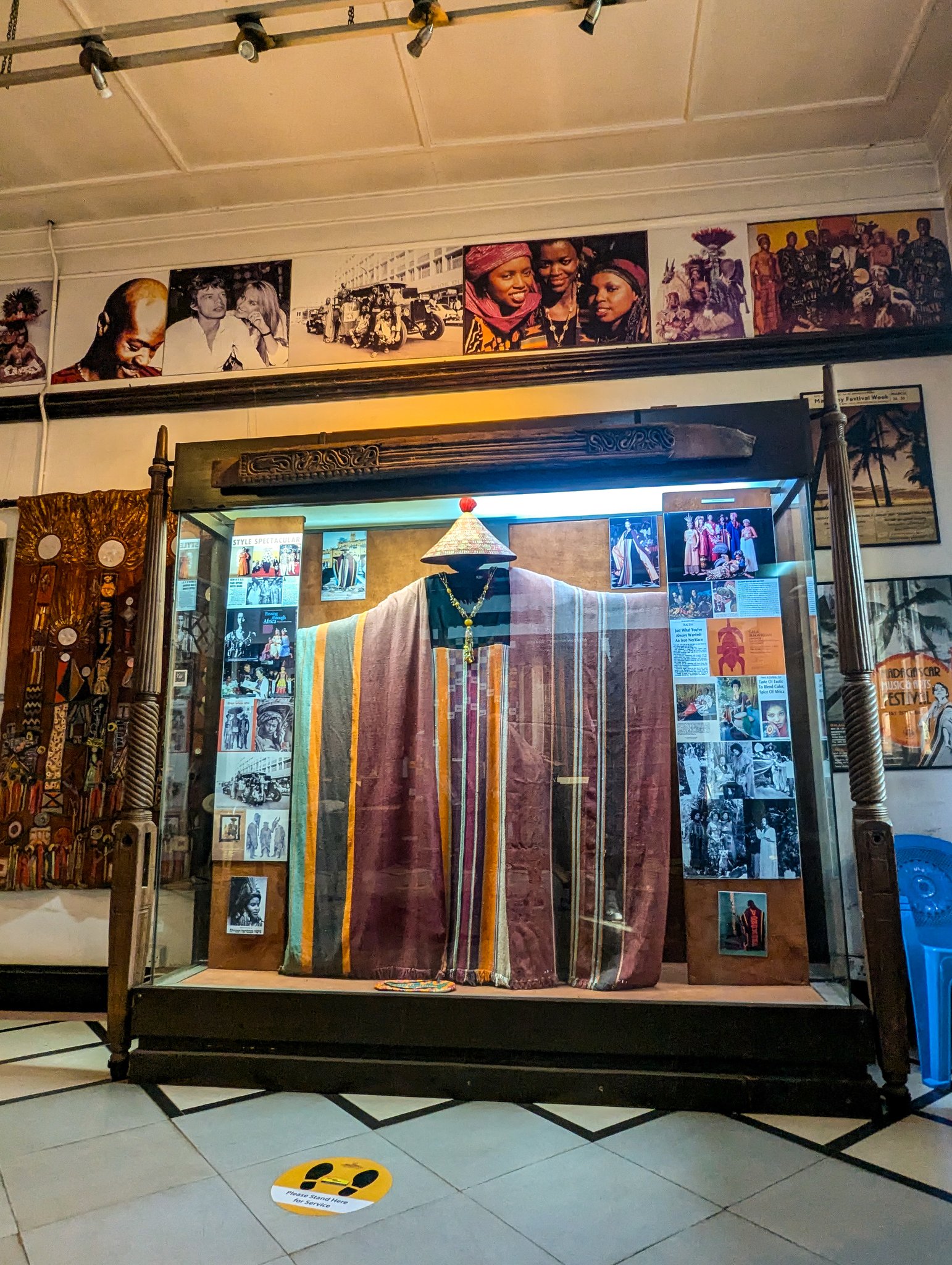If you’re looking for a cultural experience that blends history, art, and heritage, Nairobi Gallery is the perfect place to visit. Tucked away in the heart of Nairobi’s bustling city center, this iconic gallery is a must-see for anyone interested in Kenya’s artistic and historical journey. Unlike other art galleries in Nairobi, the Nairobi Gallery offers more than just paintings—it’s a place where history and creativity come alive in a beautifully preserved space.

Whether you’re a lover of fine art, a history enthusiast, or just someone looking for a unique experience in Nairobi, this gallery has something for everyone. Let’s explore what makes Nairobi Gallery one of the city’s most underrated cultural treasures.
A Brief History of the Nairobi Gallery
The Nairobi Gallery is housed in a historic building that was originally the Old Provincial Commissioner’s Office, constructed in 1913 during Kenya’s colonial era. This landmark structure, often referred to as the Point Zero, was once the center of Nairobi’s administrative operations. Today, it has been transformed into a vibrant space showcasing some of Kenya’s finest artwork, making it one of the most important art galleries in Nairobi.
The gallery is now managed by the National Museums of Kenya and serves as a hub for both contemporary and historical art exhibitions. Walking through the gallery, you can feel the blend of old and new—where century-old walls hold modern artistic expressions that tell the story of Kenya’s past, present, and future.
Also Read: Alluring Museum of Illusions: Discover the Magic
What to Expect at the Nairobi Gallery
1. A Rich Collection of African Art
One of the biggest highlights of Nairobi Gallery is its incredible collection of African art and artifacts. The gallery features sculptures, paintings, and cultural pieces from various African artists, offering visitors a deep dive into the diverse artistic expressions of the continent.

Expect to see both traditional and contemporary pieces, showcasing the evolution of Kenyan and African creativity. From intricate beadwork to large-scale paintings, every artwork here has a story to tell.
2. The Murumbi African Heritage Collection
If you’re fascinated by African history and culture, you’ll love the Murumbi African Heritage Collection. Joseph Murumbi, Kenya’s second vice president, was a passionate art collector and played a significant role in preserving African culture. His extensive collection includes:
- Rare African books and manuscripts
- Traditional artifacts and textiles
- Unique jewelry and antique furniture

3. Rotating Exhibitions and Special Events
Unlike many traditional museums, Nairobi Gallery keeps things fresh with rotating exhibitions that feature both local and international artists. These exhibitions showcase different styles, mediums, and themes, making every visit a unique experience.
In addition to art displays, the gallery also hosts talks, workshops, and cultural events where artists and historians share insights into Kenya’s evolving art scene. If you’re lucky, you might even catch a live art demonstration or an interactive session with a featured artist!
The Nairobi Gallery Location
Location: The Nairobi Gallery is conveniently located at the intersection of Kenyatta Avenue and Uhuru Highway, right in Nairobi’s central business district.
The Nairobi Gallery Opening Hours:
- Monday to Friday: 8:30 AM – 5:00 PM
- Saturday, Sunday & Public Holidays: 9:00 AM – 4:00 PM
The Nairobi Gallery Entrance Fees:
- Kenyan Citizens: KES 150 (adults), KES 100 (students & children)
- East African Residents: KES 600
- Foreign Visitors: KES 1,000
With such affordable entry fees, Nairobi Gallery is one of the best art galleries in Nairobi to visit without breaking the bank!
If you’re looking for a hidden gem in Nairobi, the Nairobi Gallery is a must-visit. Whether you’re an art enthusiast, a history buff, or just someone looking for a unique experience, this gallery offers a perfect blend of culture and creativity. Unlike other art galleries in Nairobi, it stands out for its historical significance, diverse art collections, and ever-changing exhibitions.
